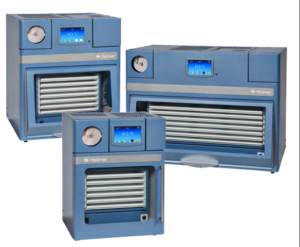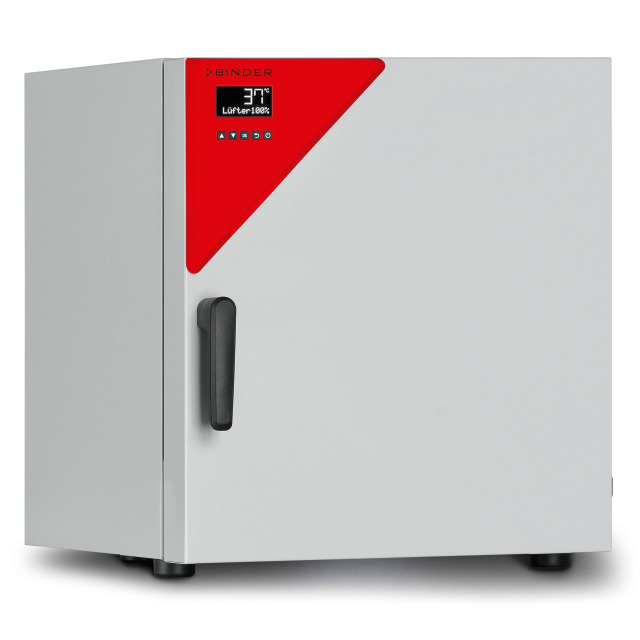Empowering Sustainability: A Comprehensive Guide to DIY Electronics Repair and its Environmental Impact
Introduction:
In a world dominated by rapidly advancing technology, electronic devices have become an integral part of our daily lives. From smartphones to laptops, printers to routers, our reliance on electronic equipment is undeniable. However, with this dependence comes a significant environmental cost, as electronic waste (e-waste) continues to escalate. One way to mitigate this impact is by empowering individuals to learn how to repair their own electronic devices and office equipment. This article explores the process of acquiring DIY electronics repair skills and delves into the numerous benefits it brings to both individuals and the environment.
Section 1: The Rise of Electronic Waste and Its Environmental Impact
Electronic waste is a growing environmental concern, with millions of tons being discarded each year. The improper disposal of electronic devices leads to soil and water contamination due to the toxic substances present in these devices, including lead, mercury, and cadmium. Additionally, the energy-intensive manufacturing processes contribute to greenhouse gas emissions. Learning to repair your electronic devices not only extends their lifespan but also helps reduce the demand for new products, consequently decreasing the environmental footprint associated with manufacturing and disposal.
Section 2: The Basics of DIY Electronics Repair
2.1 Getting Started: Tools and Resources
Embarking on the journey of DIY electronics repair requires a basic understanding of the tools and resources at your disposal. Common tools include screwdrivers, pliers, soldering iron, and a multimeter. Online platforms like YouTube, forums, and instructional websites provide valuable resources, tutorials, and step-by-step guides for repairing various electronic devices.
2.2 Understanding Electronics Components
To effectively repair electronic devices, it’s essential to grasp the fundamentals of electronics components such as resistors, capacitors, transistors, and integrated circuits. This knowledge forms the foundation for troubleshooting and identifying issues within a circuit.
2.3 Safety Measures
Before diving into electronics repair, it’s crucial to prioritize safety. Understanding basic safety measures, such as working in a well-ventilated area, using anti-static wrist straps, and disconnecting power sources, helps prevent accidents and ensures a secure repair environment.
Section 3: Learning Platforms and Resources
3.1 Online Courses and Tutorials
Several online platforms offer courses and tutorials tailored for beginners and experienced DIY enthusiasts alike. Websites like iFixit, Udemy, and Khan Academy provide comprehensive guides on electronics repair, covering a wide range of devices from smartphones and laptops to printers and audio equipment.
3.2 Community Forums
Engaging with online communities and forums dedicated to electronics repair is an excellent way to learn from experienced individuals. Websites like Stack Exchange and Reddit host active communities where members share their knowledge, troubleshoot issues, and provide valuable insights into repairing specific devices.
3.3 Local Workshops and Maker Spaces
Many cities have workshops and maker spaces that offer hands-on electronics repair classes. These local resources provide an opportunity to learn in a collaborative environment, interact with experienced mentors, and gain practical skills.
Section 4: Benefits of DIY Electronics Repair
4.1 Cost Savings
One of the primary benefits of learning electronics repair is the potential for significant cost savings. Repairing a malfunctioning device is often more economical than purchasing a new one, especially when considering the rising costs of electronic products.
4.2 Environmental Impact
Extending the lifespan of electronic devices through repair significantly reduces the environmental impact associated with manufacturing and disposal. By curbing the demand for new products, individuals contribute to the reduction of electronic waste and the conservation of valuable resources.
4.3 Empowerment and Skill Development
Acquiring electronics repair skills empowers individuals to take control of their devices, fostering a sense of self-reliance and independence. The satisfaction of successfully repairing a device enhances problem-solving skills and boosts confidence in tackling future challenges.
4.4 Reducing E-Waste
The collective effort of individuals choosing to repair their electronic devices contributes to the reduction of e-waste. As more people embrace the concept of repair, the overall volume of discarded electronics diminishes, alleviating the burden on landfills and minimizing environmental harm.
4.5 Job Opportunities
Proficiency in electronics repair opens doors to various opportunities, including employment in repair shops, freelance repair services, or even starting a small business. As the demand for skilled technicians increases, individuals with repair skills find themselves well-positioned in a job market that values sustainability.
Section 5: Real-Life Success Stories
5.1 iFixit and the Right to Repair Movement
iFixit, a prominent online platform dedicated to DIY repair, has played a pivotal role in advocating for the Right to Repair. The movement seeks to empower consumers with the ability to repair their own devices, challenging restrictive manufacturer practices that limit repairability. Real-life success stories shared on platforms like iFixit showcase how individuals, armed with the right knowledge, can overcome seemingly complex issues and extend the lifespan of their devices.
5.2 Repair Cafés
The Repair Café movement, originating in the Netherlands, has gained global traction by creating community spaces where volunteers assist individuals in repairing their broken items. These grassroots initiatives promote a culture of sustainability, skill-sharing, and community engagement.
Section 6: Overcoming Challenges
6.1 Manufacturer Obstacles
Some manufacturers design products with components that are difficult to access or deliberately make repairs challenging. Overcoming these obstacles may involve advocacy for the Right to Repair, supporting legislation that promotes repairability, and choosing products from manufacturers committed to sustainable practices.
6.2 Technical Complexity
Certain electronic repairs can be complex, requiring specialized knowledge and equipment. Overcoming technical challenges involves a gradual learning process, starting with simpler repairs and progressively tackling more advanced projects as skills develop.
Section 7: Conclusion and Call to Action
As we navigate an era of technological innovation, the environmental impact of electronic waste is a pressing concern. Learning to repair our own electronic devices and office equipment emerges as a powerful solution with far-reaching benefits. From reducing e-waste and minimizing resource consumption to empowering individuals and creating job opportunities, the advantages of DIY electronics repair are multifaceted.
By embracing the principles of sustainability and equipping ourselves with the skills needed to repair rather than replace, we not only contribute to a healthier planet but also foster a sense of responsibility and self-reliance. It’s time to recognize the potential within each individual to make a positive impact on the environment through the simple act of repairing what we already have. Together, as a global community of DIY enthusiasts, we can pave the way for a more sustainable and responsible electronic future.
 when they are used for transfusions.
when they are used for transfusions.